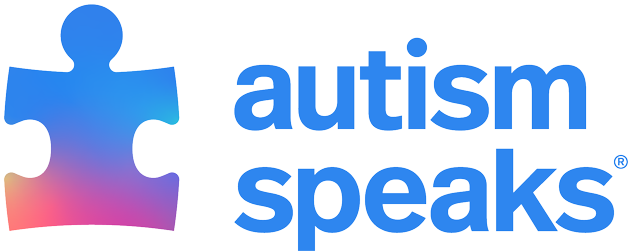Search
Autism and Social Skills Development… to engage appropriately or may be overwhelmed by the process. Some students are painfully aware of their social deficits and will avoid interactions even though they desperately want to connect with others. Others will engage in attention seeking behavior to … need to interact. Social development represents a range of skills, including timing and attention, sensory integration and communication, that can be built and layered to improve social competence. Building competence will result in further …
Tips for Supporting Social Interaction in Youth Groups… to engage appropriately or may be overwhelmed by the process. Some youth are painfully aware of their social deficits and will avoid interactions even though they may want to connect with others. Or they could go in the opposite direction and engage in … peers who model strong social skills and pair the youth with autism with them. Provide peers with strategies for eliciting communication, but be careful not to turn the peer into a teacher. Strive to keep peer interactions as natural as possible. …
Improving autism therapies by exploring the roots of social avoidance… a 2012-13 Autism Speaks Dennis Weatherstone Predoctoral Fellow. Today, Dr. Stavropoulos is a clinical psychologist and neuroscientist at the University of California-Riverside. Her recently published research findings grew out of her … behavior, and we base these approaches on different ideas about why people who have autism tend to struggle with social interactions. My Weatherstone fellowship project launched my research into two seemingly different ideas about why many … braking outside too high pitched. Along these lines, perhaps we should rethink the current practice of working on social communication and sensory issues separately. For example, a child with autism may work on social skills with a behavioral …
Social media offers benefits for autistic community… Lydia is an autistic author, speaker, blogger and advocate from Pittsburgh. There is no question that social media has changed the way people interact. We hear a lot about the lack of face-to-face conversations, perpetual access to communication, a source of distraction that takes us out of the moment. But for me, like many autistic people, those same … also come with their own version of the “hidden curriculum” — the unspoken but widely understood set of rules that governs interactions online. These things aren’t dangerous, but they are seen as socially inappropriate and can create awkward …
Tips for creating an autism-friendly Thanksgiving… crear un Día de Acción de Gracias respetuoso con el autismo While Thanksgiving is a time to reflect on your blessings and express gratitude for all the wonderful things in life, it can also be very stressful for people with autism and their … saying anything. Once someone starts yelling or acting aggressively, we are out of the boundaries of respect I demand in interactions. Setting up boundaries before I enter a situation gives me guidance on when to leave. Third, identify your … stressful for some people with autism, so it’s important that family members meet them where they are and respect their communication preferences. If the autistic person appears uncomfortable, don’t force them to stay in a certain room, engage …
Social skills and autism… Many children and adults on the autism spectrum need help in learning how to act in different types of social situations. They often have … to be part of the community. What are social skills? Social skills are the rules, customs, and abilities that guide our interactions with other people and the world around us. In general, people tend to “pick up” social skills in the same way … instruction and "teachable moments" with practice in realistic settings Focus on timing and attention Support for enhancing communication and sensory integration Learning behaviors that predict important social outcomes like friendship and …
Autism and eye contact… Today’s answer is by developmental pediatrician Amanda Bennett, behavior analyst Megan Carolan Tomkinson and psychologist Judith Miller. Dr. Bennett is the director of the … – particularly those on the autism spectrum and those who care about them. Using eye contact is an important nonverbal communication behavior that most of us use automatically in social interactions. However, as you describe, making eye contact with others can be very challenging for some people with autism – …
How does sensory processing affect communication in kids with autism?… Postdoctoral Research Fellow pursuing her fellowship project on autism-related sensory-processing challenges at the Vanderbilt Brain Institute. Dr. Baum uses a combination of neuropsychology, psychophysics and neuroimaging to discover the … children and adults on the autism spectrum. As many readers of this column know, autism involves difficulty with social communication combined with restricted interests and/or repetitive behaviors. Understandably, most autism research has … clues to understanding autism and helping individuals affected by the condition. The multisensory challenge of social interactions Think about almost any social interaction. We have to process so many sensory clues to understand each other. …
Joint attention and autism… with us, but we don’t know how. When I point to something, he pays no attention. He rarely points to show me something, and when he does point, he doesn’t look at me when he does it. Joint attention and autism This is a question I often hear in … The child might also make sounds or say a few words that show interest. So, what happens when a child lacks these social communication behaviors? Where do you start? Combining professional intervention and parent support The good news is that … joint attention. Share focus: Playing with a toy can be a starting point for you and your child to enjoy and share interactions. For example, while you and your son are playing with toy trucks, you can imitate how he pushes a truck back …
